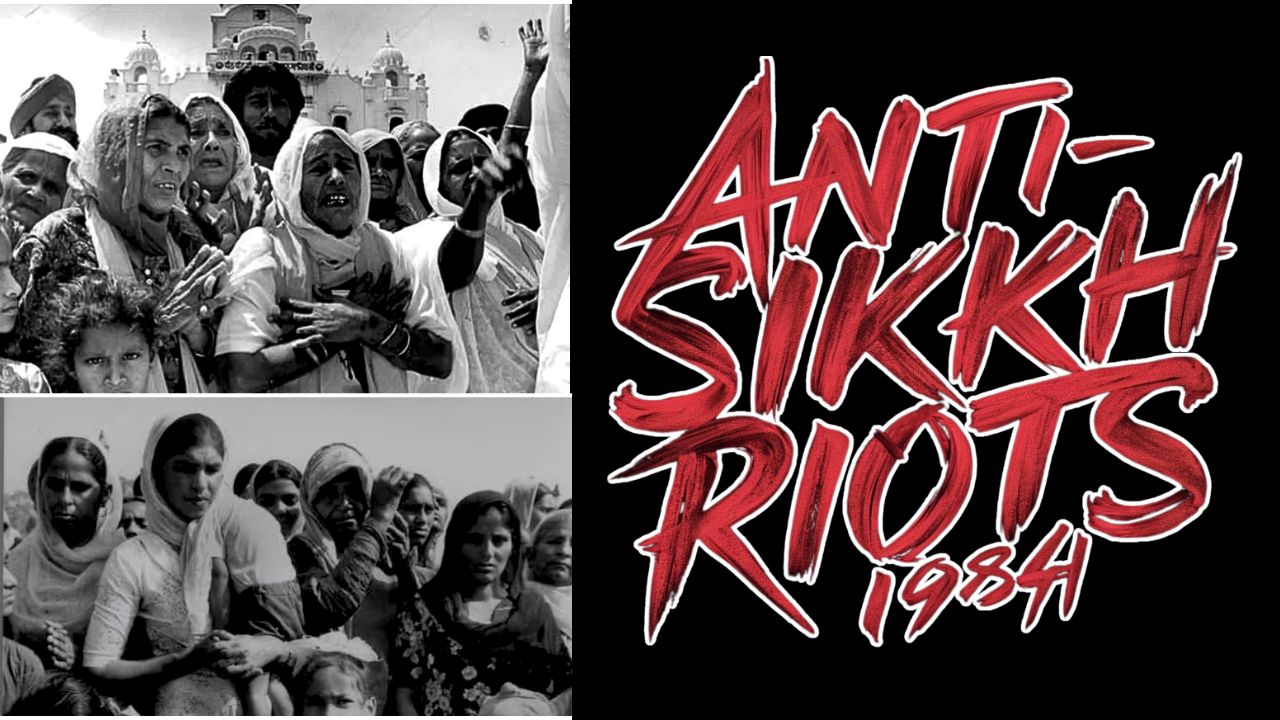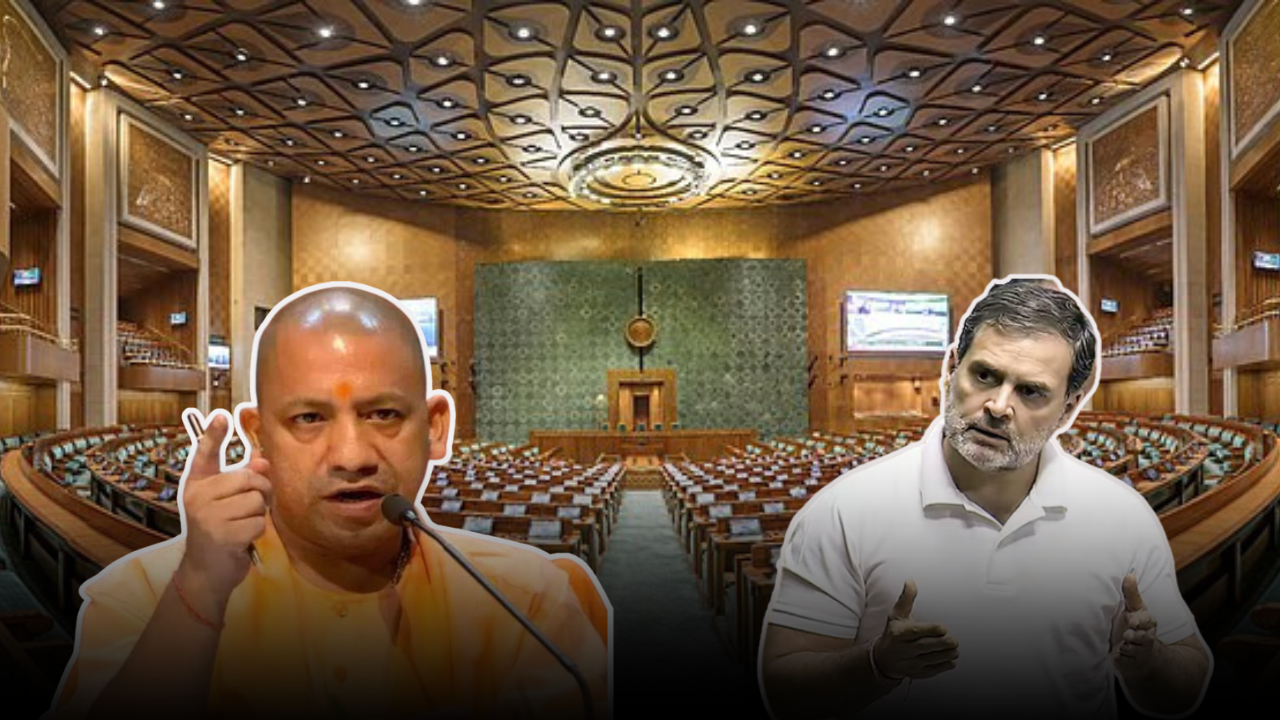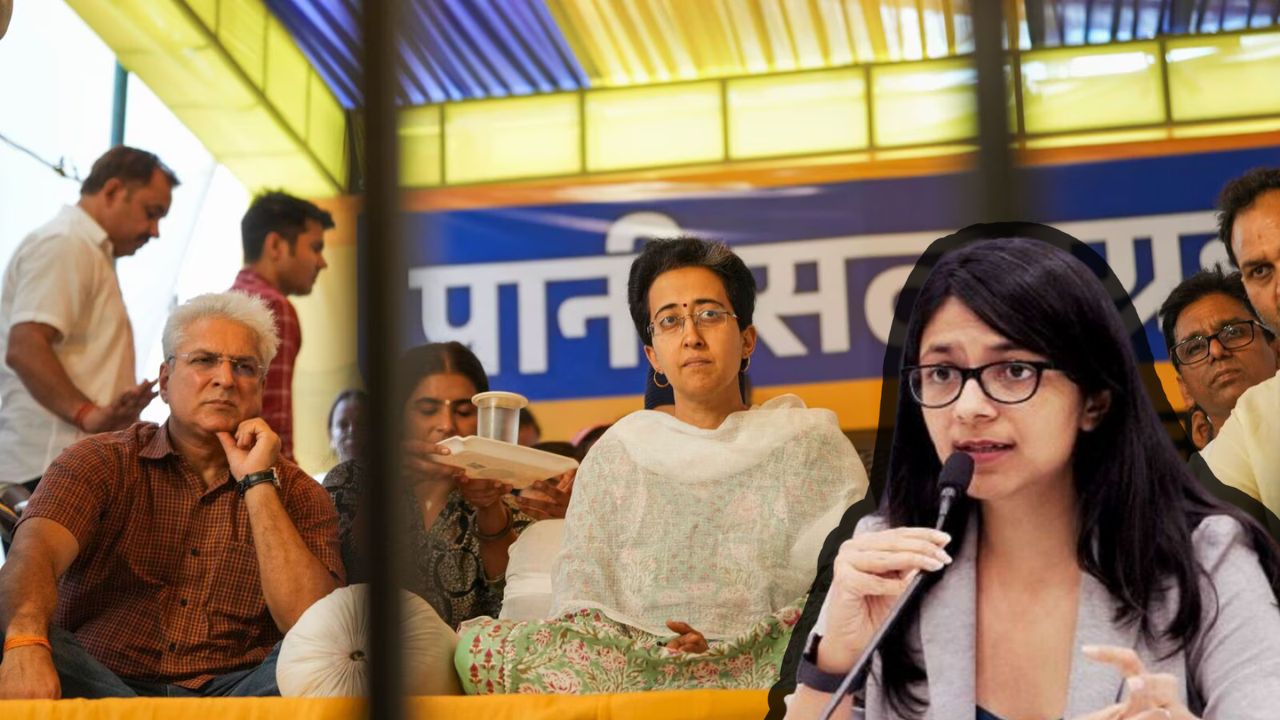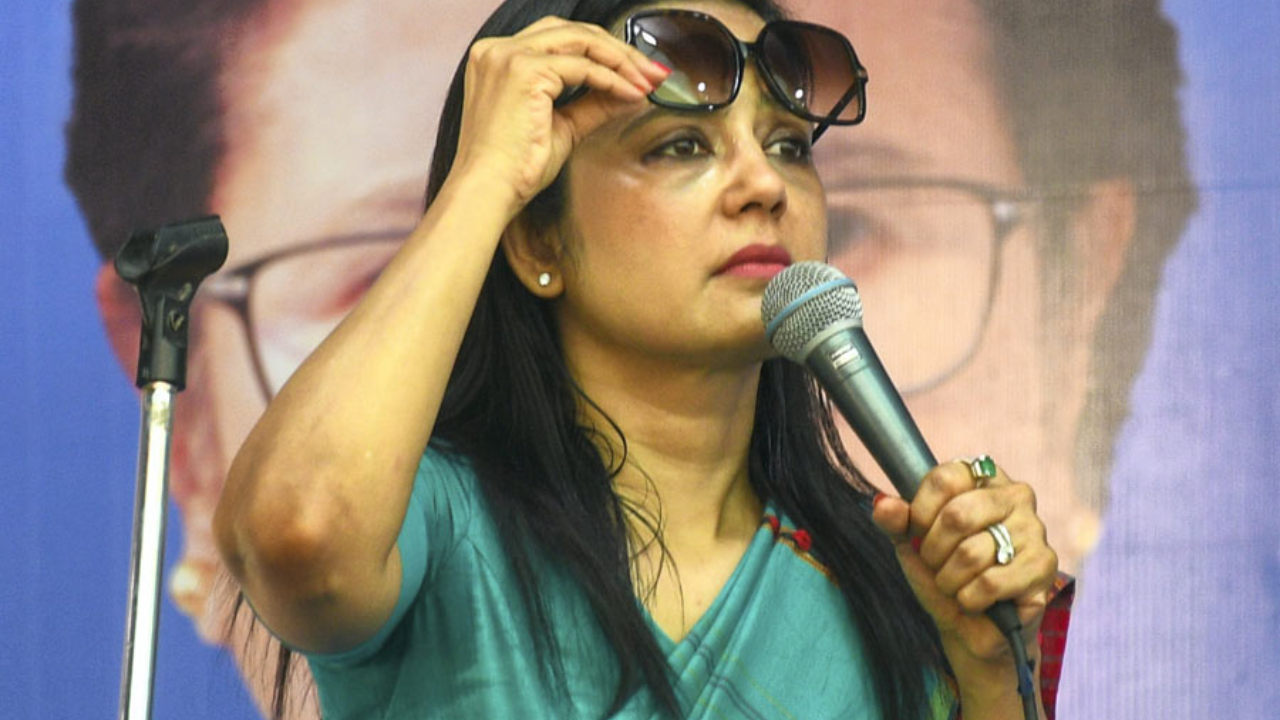Introduction
The 1984 anti-Sikh riots, also known as the 1984 Sikh massacre, marked a tragic episode in India’s history, triggered by the assassination of Prime Minister Indira Gandhi by her Sikh bodyguards. What ensued was a horrific wave of organized violence against Sikhs across the country, resulting in thousands of deaths and widespread destruction.
Causes and Context
The roots of the 1984 riots lie in the tumultuous events surrounding Operation Blue Star. In June 1984, Indira Gandhi ordered the military to conduct a controversial operation to secure the Harmandir Sahib Sikh temple complex in Amritsar, Punjab, which had become a sanctuary for Sikh militants seeking greater autonomy for Punjab. The operation, aimed at flushing out armed Sikh groups, resulted in a deadly battle that claimed many lives, including pilgrims caught in the crossfire. The Sikh community, both in India and globally, condemned the military action as an attack on their religious sanctity and identity.
Violence and Persecution
Following Gandhi’s assassination on October 31, 1984, by her Sikh bodyguards, organized violence erupted against Sikhs in Delhi and several other cities. Hindu mobs, reportedly incited by leaders of the Congress Party, which was in power at the time, unleashed a brutal rampage targeting Sikhs. Over a span of three days, at least 2,733 Sikhs were brutally killed in Delhi alone, with their homes and businesses looted and set ablaze. The violence extended beyond Delhi, reaching Punjab, Haryana, Madhya Pradesh, Uttar Pradesh, and Bihar, leaving a trail of devastation and trauma.
Government Response and Inquiries
The Indian government’s response to the riots has been widely criticized for its inadequacy and perceived complicity. Despite the establishment of ten government-appointed commissions and committees to investigate the massacres, convictions have been rare and justice delayed. In a significant development, in 2018, Congress leader Sajjan Kumar was sentenced to life imprisonment by a Delhi court for his role in orchestrating the violence, marking a notable, albeit belated, step towards accountability.
Legacy and Impact
The legacy of the 1984 anti-Sikh riots continues to haunt the Sikh community in India. The atrocities have left deep scars of mistrust and alienation among Sikhs, who feel marginalized and betrayed by the justice system’s failures. Moreover, the riots fueled the resurgence of the Khalistan movement, advocating for an independent Sikh homeland as a response to the perceived injustices and discrimination faced by Sikhs in India.
Key Statistics
3,350 Sikhs killed (government estimate)
8,000–17,000 Sikhs killed (estimated)
20,000 Sikhs displaced.
2,733 Sikhs killed in Delhi alone.
Summery
The 1984 anti-Sikh riots stand as a stark reminder of the dangers of communal violence and political manipulation in India’s history. Despite the passage of decades, the quest for justice for the victims remains elusive, underscoring the need for continued efforts towards reconciliation, accountability, and ensuring that such atrocities are never repeated. The scars of 1984 continue to shape India’s socio-political landscape, emphasizing the imperative of upholding unity, tolerance, and the rule of law for all its citizens.





